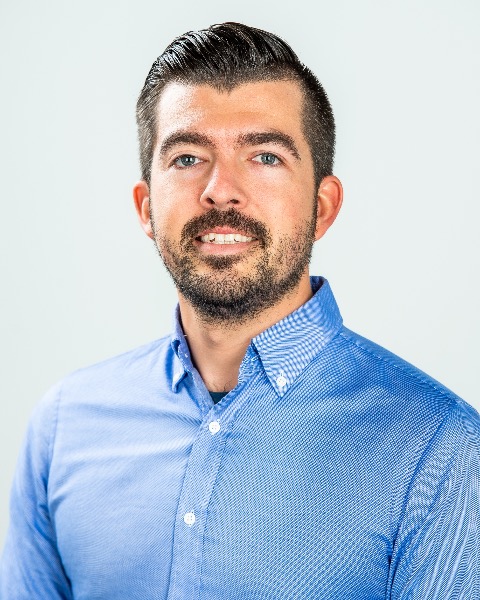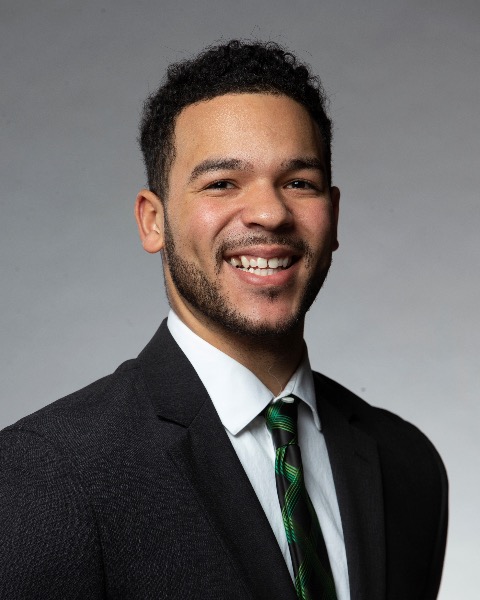Back
RE+ Tech: Advanced Wind Tunnel Testing Yields Stronger Performance and Lower O&M for Solar Tracker Projects
Advanced Wind Tunnel Testing Drives Higher-Performing PV Trackers
Thursday, September 12, 2024
11:30 AM - 11:55 AM PT
Location: Installation and Operations Theater, #D29101, Hall D, ACC

Chase Anderson (he/him/his)
Director of Platform Engineering
Terrasmart
Fort Myers, Florida, United States
Ameer Abuhamdeh (he/him/his)
Innovation Engineer of Product Development
Terrasmart
Cincinnati, Ohio, United States
Show Floor Speaker(s)
This Technical Session presents a novel approach to wind tunnel testing for single axis trackers (SAT) based on over 700 hours of testing. Today, all manufacturers must ensure the SATs are suitable for all conditions to sustain the ever-growing severity of climate-induced extreme weather conditions.
High wind events can damage assets on solar tracker sites—resulting in higher remedial costs and increased downtime. For site owners, developers, and EPCs, the ideal tracker solution should not only weather storms and strong winds, but also help to maximize returns.
Designing trackers for strong winds presents its own challenges. Due to the complex characteristics of wind turbulence on solar arrays, traditional wind tests based on standard building codes often fail to capture the nuances of how different scenarios might affect a tracker’s design. Because solar trackers are unique structures and no two PV sites are the same, the traditional aerodynamic assumptions are not accurate for PV sites.
To overcome these challenges, Terrasmart worked with leading wind testing lab CPP and RWDI to finetune many unique aspects of the testing protocol, including how static and dynamic winds impact load forces on the trackers.
This Tech Talk will showcase novel approaches to wind tunnel testing presented for the first time, including: how to strike the balance between wing length, stiffness, and damping, how to determine wind speed looking at durst curve, wind gusts, and height, and how to test for site specific conditions.
EPCs, developers, and asset owners/operators will walk away with a deeper understanding of how various types or wind forces drive design and performance optimization of 1 and 2P trackers, resulting in greater reliability and lower LCOE for utility-solar systems.
Attendees will gain actionable insights and important lessons-learned on the thermodynamics of wind, CapEx and O&M cost reduction opportunities for 1P SAT systems, and creative approaches to new product development, including:
-Learn how different wind forces impact trackers (Static, dynamic, and aero-elastic)
-Showcase how working with – instead of against – the wind can lead to novel design elements pertaining to row length, use of dampers, and stow strategies)
High wind events can damage assets on solar tracker sites—resulting in higher remedial costs and increased downtime. For site owners, developers, and EPCs, the ideal tracker solution should not only weather storms and strong winds, but also help to maximize returns.
Designing trackers for strong winds presents its own challenges. Due to the complex characteristics of wind turbulence on solar arrays, traditional wind tests based on standard building codes often fail to capture the nuances of how different scenarios might affect a tracker’s design. Because solar trackers are unique structures and no two PV sites are the same, the traditional aerodynamic assumptions are not accurate for PV sites.
To overcome these challenges, Terrasmart worked with leading wind testing lab CPP and RWDI to finetune many unique aspects of the testing protocol, including how static and dynamic winds impact load forces on the trackers.
This Tech Talk will showcase novel approaches to wind tunnel testing presented for the first time, including: how to strike the balance between wing length, stiffness, and damping, how to determine wind speed looking at durst curve, wind gusts, and height, and how to test for site specific conditions.
EPCs, developers, and asset owners/operators will walk away with a deeper understanding of how various types or wind forces drive design and performance optimization of 1 and 2P trackers, resulting in greater reliability and lower LCOE for utility-solar systems.
Attendees will gain actionable insights and important lessons-learned on the thermodynamics of wind, CapEx and O&M cost reduction opportunities for 1P SAT systems, and creative approaches to new product development, including:
-Learn how different wind forces impact trackers (Static, dynamic, and aero-elastic)
-Showcase how working with – instead of against – the wind can lead to novel design elements pertaining to row length, use of dampers, and stow strategies)
